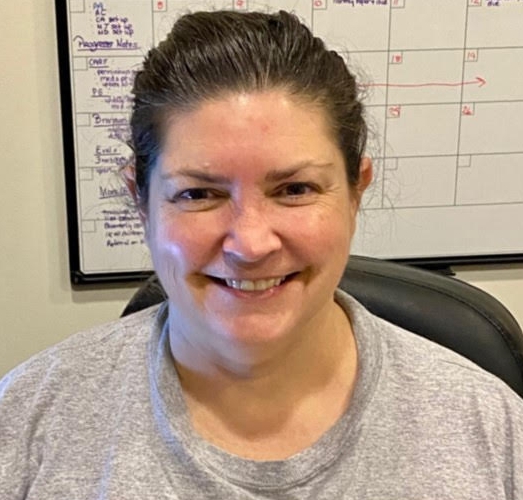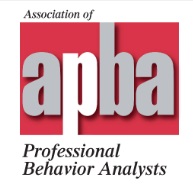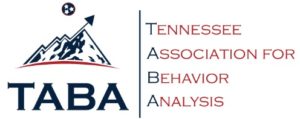The PCM Instructor Training Sequence is how PCM Instructors are trained to fluency

The PCM Instructor Practicum is like a medical residency. Can you imagine, even a Harvard trained Physician who goes directly into practice without first doing a residency?

“Educate instructors” is the second step in the Training Stage of the PCM signature system. It will lead to having your own team of In-House Experts









